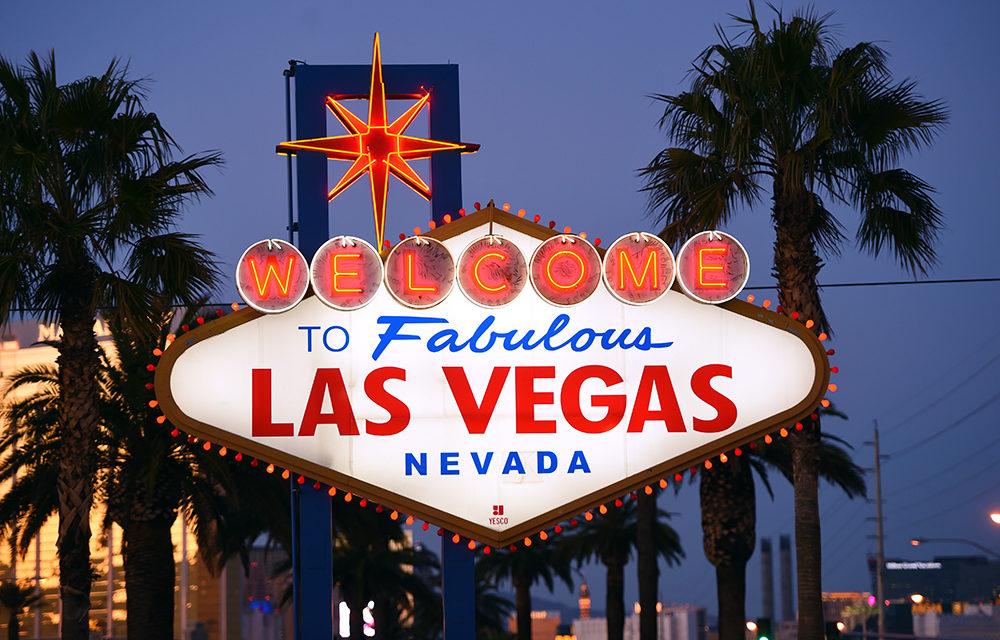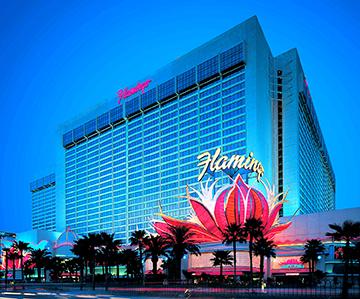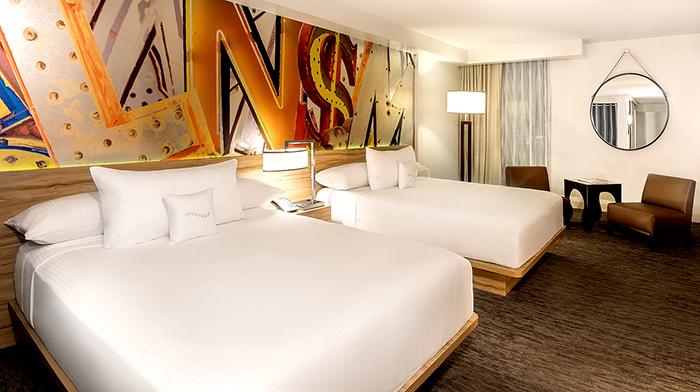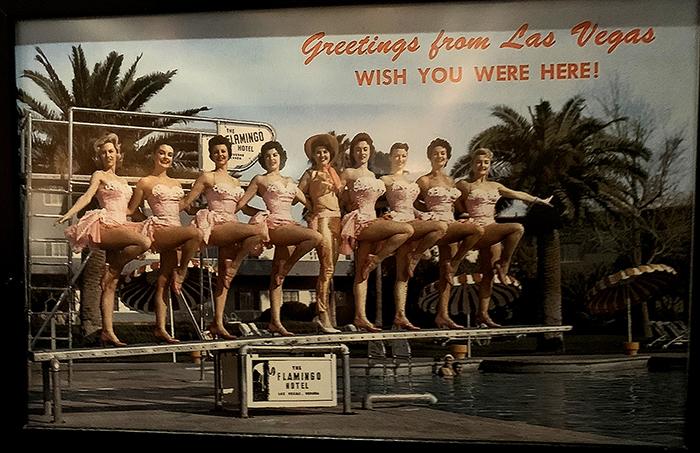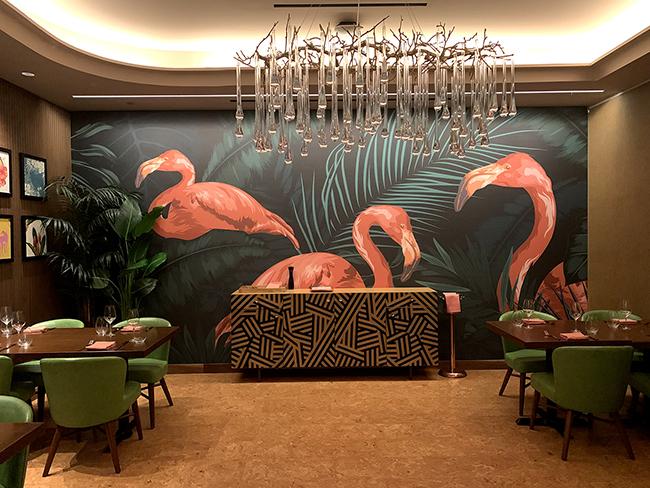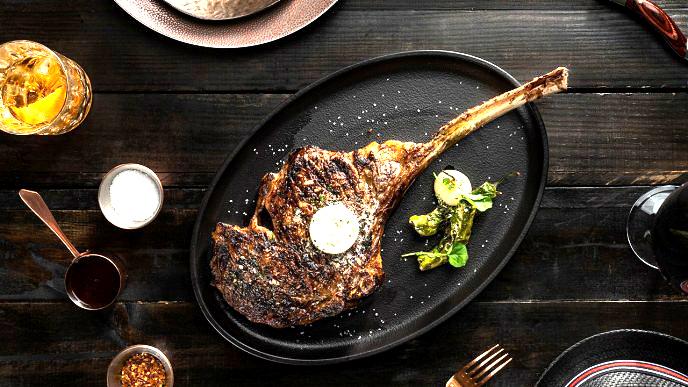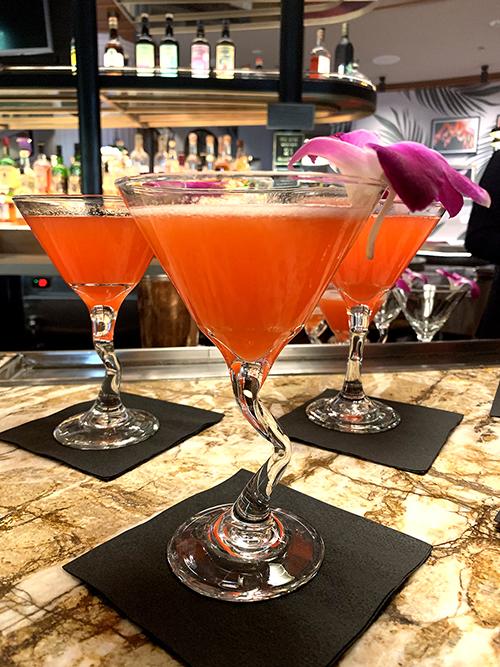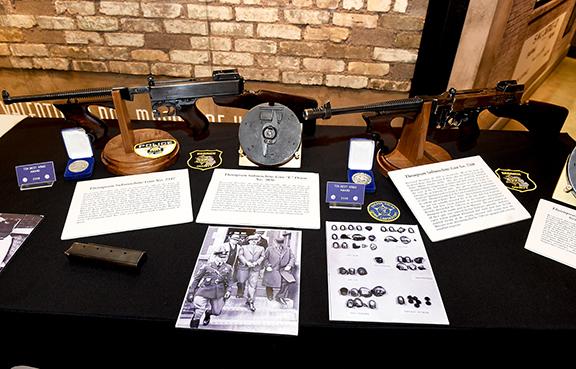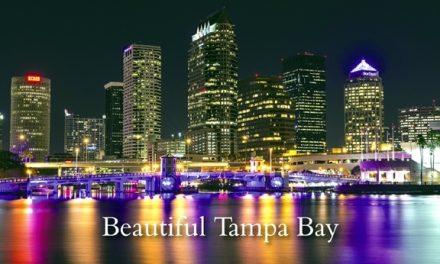- Caesar Las Vegas Media
- www.caesars.com
- www.caesars.com
- www.lvcva.com
USA
The Flamingo Hotel and Mob Museum: Speaking Easy in Vegas
Article and photography by Jennifer Merrick
H istory? In Vegas? Didn’t the city just rise up out of the Mojave Desert as a bastion of adult vice with over 12,000,000 neon lights burning, an adult amusement park with a hall pass for questionable behaviour? After all, as the sign in the airport says, “What happens in Vegas, stays in Vegas.”
Casinos are regularly demolished, rebuilt and renamed; their neon signs sent out to pasture to spend the rest of their days in the Neon Boneyard. Yes, only in Vegas is there a graveyard for signs that have outlived their usefulness. The genie’s lamp from the Aladdin Casino, a giant nugget curtesy of the Golden Nugget Hotel Casino and a hot-pink Liberace signature are among the more than 250 signs that rest in peace here. Bothered only by the tourists who take their picture for the ‘gram.
But if you look a little closer and ask a few questions (but not too many), you can glimpse Sin City’s past. It may not be a long history, but what it lacks in time, it makes up for in intrigue and glamour.
The Flamingo Las Vegas Hotel and Casino
Opened by the infamous mobster, Benjamin (Bugsy) Siegal, in 1947, the Flamingo Hotel is credited for bringing Hollywood glitz to the desert.
“The bigger the mobster, the more stars you had,” said Gia Silvaggio, the hotel’s spokesperson.
With Hollywood friends like Cary Grant, Frank Sinatra and Jean Harlow, there’s no doubt Bugsy was in the big league when it came to the underworld. Stars visited the casino, too. But they didn’t visit Bugsy for long. Six months after opening the Flamingo, an unknown sniper gunned Bugsy down in his California home. The grisly murder made headlines around the world but did nothing to deter tourists from coming to the Flamingo. In fact, oddly enough, it had the opposite effect, attracting visitors who were intrigued by Vegas’s mob connection.
The secrets, liaisons, conspiracies and feuds continue to fascinate and linger in the hotel’s 75-year-old history. The newly opened Bugsy & Meyer’s Steakhouse pays homage to that legacy and the speakeasy tradition.
“If you were cool, you never went through the front door,” said Silvaggio.
And so ‘the boys’, meaning Bugsy and Meyer, his partner in crime, as well as Hollywood stars and other VIPs, would go through kitchen doors and other secret entrance ways to their private bars and parties, far away from the plebs.
Today, you’ll need to do the same to dine at the steakhouse. The entrance appears to be a bakery, complete with shelves stocked with bread and other baked goods (which are not for sale though people often try to buy them). Inside the so-called bakery is a discrete hallway whose walls are lined with pictures of Bugsy and his family. Next, you’ll pass a window looking into the kitchen and a glass display, showcasing premium cuts of beef like 60-day dry-aged rib eyes and tomahawks. Only then will you have entered the restaurant’s Havana room. With the lush tropical plants, colourful Flamingo murals and art-deco touches, like rose-tinted cutlery, you’re instantly transported to the glamourous era of pre-Castro’s Cuba. Enjoy the sublime steaks as well as seafood specialities with 1920s’ Havana-inspired cocktails with an emphasis on premium rums.
True to its heritage, there’s more to this space than meets the eye. A secret. You can’t see it. But those inside can see you. Equipped with a wall of one-way glass, the Count Room, named for the secure room where casinos count their money, is a secret lounge whose entrance is known only to insiders (that now includes yourself) and servers. The ambiance is mafia-esque with a long, polished, wooden bar whose shelves hold elixirs of all sorts, dimmed lighting and Bugsy memorabilia, including the pink flamingo Bugsy would personally give his guests.
“So, if these walls could talk,” I asked the bartender as he presented me with a perfectly crafted cocktail. “What would they say?” Maybe it was the atmosphere or the strength of the cocktail, but I could have sworn he whispered, “I could tell you, but I’d have to kill you.”
The Mob Museum
To find out more about the Flamingo’s mafia connection, be sure to visit the Mob Museum. Located in downtown Vegas, the National Museum of Organized Crime and Law Enforcement, as it’s officially known, has exhibits that include a piece of bullet-holed wall from the St. Valentine’s Day Massacre, an actual courthouse and a firearm training simulator.
In the basement, you’ll discover another speakeasy. Aptly named The Underground, this bar has its own in-house distillery, a hidden VIP area, 1920s memorabilia and creative cocktails. Bathtub Fizz, served in a mini ceramic bathtub, is a fun wink at prohibition-era history, when bootleggers leased small stills to families to make illegal liquor at home.
A new exhibit focuses on Bugsy Siegal and the origins of the Flamingo Hotel. Artifacts on display include casino checks, a grand opening invitation (sent to Hollywood celebrities, of course), legal agreements, a pistol and an original slot machine. A touchscreen reveals images and chronicles stories of the hotel’s 75 years.
History? In Vegas? Most definitely.

